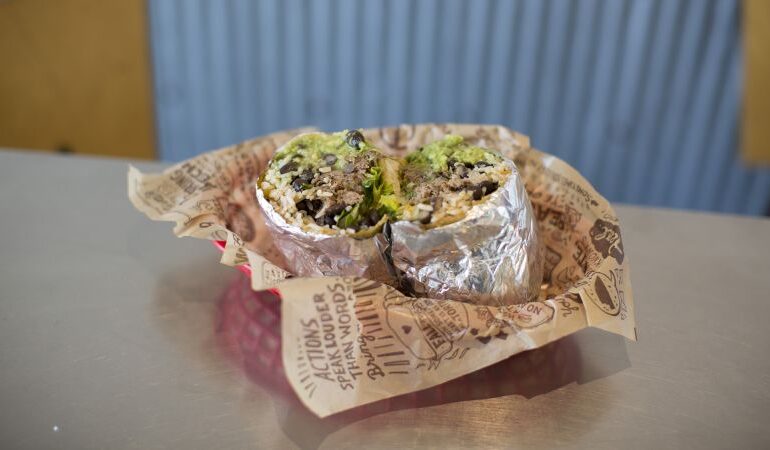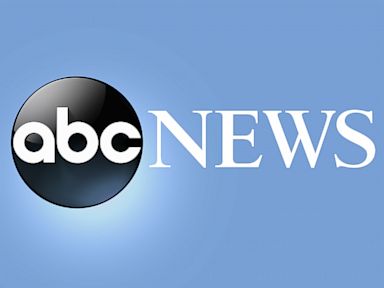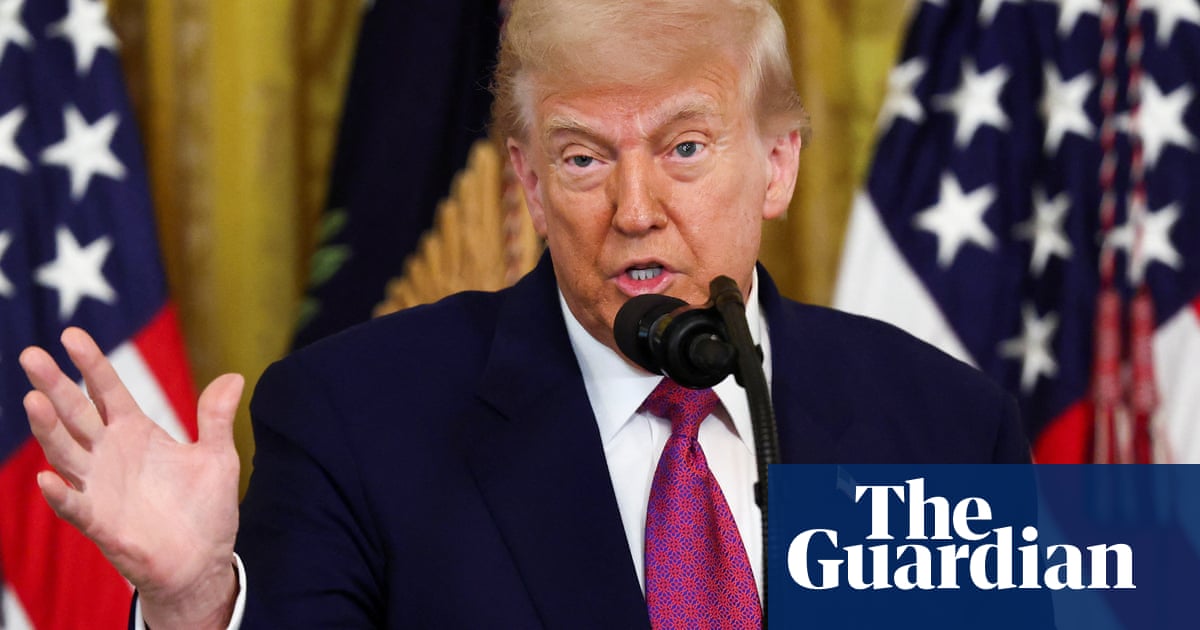Chipotle’s Struggles Highlight Divergent U.S. Economic Trends

Economic indicators in the United States present a perplexing picture, with growth in some sectors contrasting sharply with struggles in others. While the economy and stock market are buoyed by robust consumer spending and advances in artificial intelligence, companies like Chipotle are grappling with declining sales and a cautious consumer base.
Chipotle reported disappointing earnings this week, marking the third consecutive quarter of reduced sales growth. The restaurant chain’s core demographic, which includes young and lower-income consumers, is increasingly tightening their budgets. In a recent earnings call, Chipotle CEO Scott Boatwright noted a significant shift in consumer behavior, stating, “We’re not losing them to the competition; we’re losing them to grocery and food at home.”
Consumer surveys indicated that many customers perceive Chipotle as no longer affordable. Households earning less than $100,000 annually account for approximately 40% of Chipotle’s sales, and this demographic is feeling financial pressure. Notably, those aged 25 to 34, who represent a quarter of the company’s sales, have significantly reduced their spending. “I think there’s a component of a more discerning consumer,” Boatwright added, emphasizing the impact of economic constraints on consumer choices.
In stark contrast, some segments of the market are thriving. Crocs CEO Andrew Rees highlighted the disparity in consumer spending during a recent analyst call. “There is a portion of our North American consumers that are highly affluent,” Rees remarked. He noted that while wealthier individuals continue to purchase luxury items, many others are exercising caution in their spending habits due to economic uncertainty.
The beverage industry also reflects this divide. Coca-Cola’s Chief Operating Officer, Henrique Braun, reported that demand for premium products, such as Topo Chico and Smartwater, is strong. However, he acknowledged the ongoing challenges for lower-income consumers, stating, “The pressure on middle- and low-end income consumers is still there.” To address this issue, Coca-Cola is adjusting its product sizes and prices to cater to consumers seeking more affordable options.
The K-Shaped Economy
This economic landscape is often described by economists as a “K-shaped” economy. In such a scenario, wealthier individuals continue to spend freely, while lower-income groups face significant financial challenges. Federal Reserve Chair Jerome Powell addressed this phenomenon in a recent media briefing, highlighting the ongoing struggles for those at the lower end of the income spectrum. “Many, many of them are saying there is a bifurcated economy there,” Powell noted, pointing out the contrasting behaviors of different income groups.
Recent data from Moody’s Analytics supports this analysis, revealing that top earners are increasingly dominating overall spending. The wealth gap appears to be widening, as affluent Americans benefit from a surging stock market, which has risen by 17% this year. These individuals often enjoy greater job security and home ownership, which has seen increasing values in a tight housing market. Conversely, lower-income Americans are struggling to keep pace with rising inflation, leading many to live paycheck to paycheck.
The current state of the labor market exacerbates these issues, with a significant rise in the number of Americans relying on unemployment insurance for extended periods. Recent data indicates that this figure has reached a four-year high. Meanwhile, rental prices have surged due to high demand and low availability, further straining the budgets of less affluent households.
Future Implications
The implications of a K-shaped economy pose challenges for economic recovery. Following the pandemic, government support provided a temporary boost to lower-income Americans, briefly narrowing the wealth gap. During that period, wages outpaced inflation for many workers in this demographic. However, as government stimulus measures have waned, the economy has reverted to its previous trajectory.
Mortgage rates have climbed to multi-decade highs, and the U.S. government has begun to withdraw safety-net programs, making it more difficult for struggling households to access necessary support. As a result, the potential for a widening “K” between economic classes looms large.
As the nation navigates these economic complexities, the divergent experiences of American consumers—illustrated through the lens of a Chipotle burrito—serve as both a reflection and a warning of the challenges ahead.






